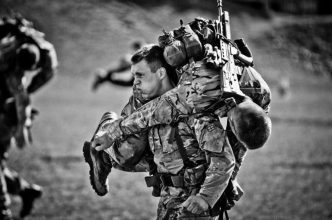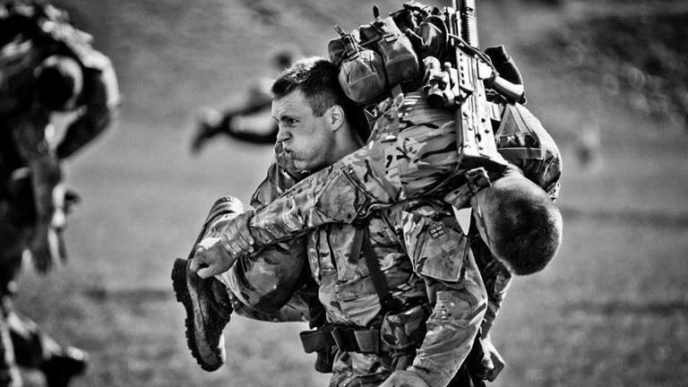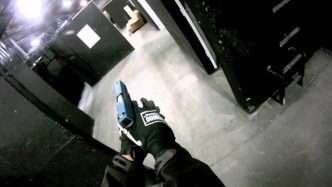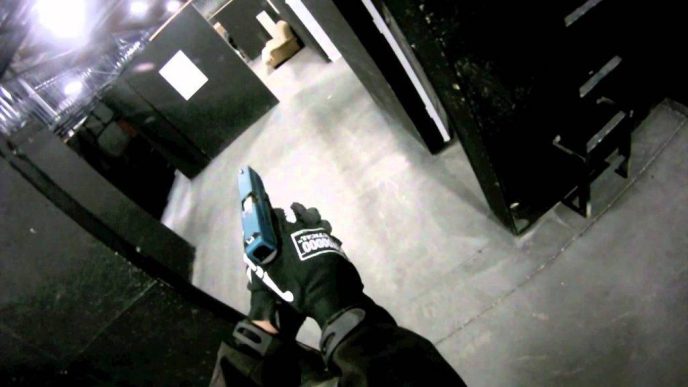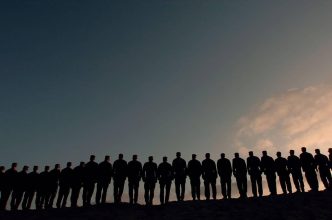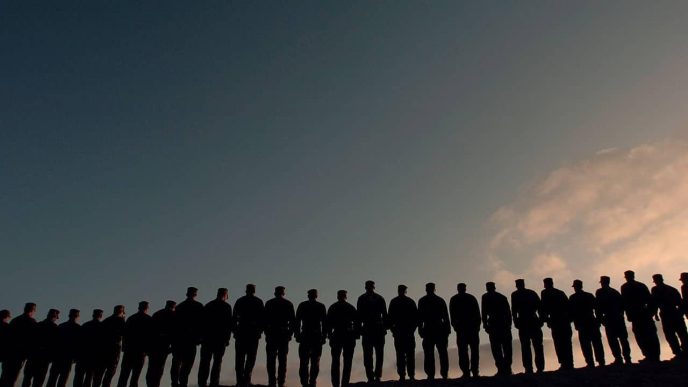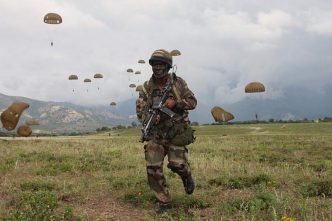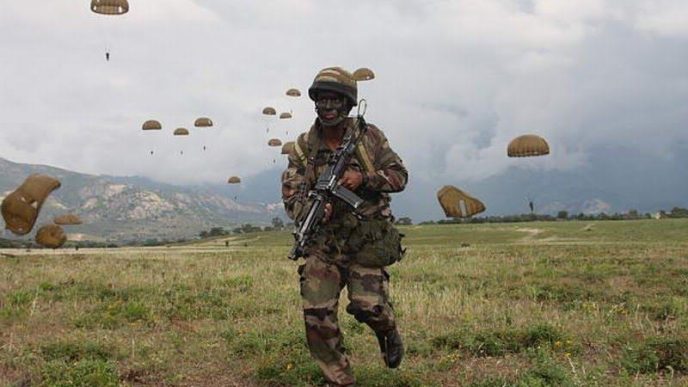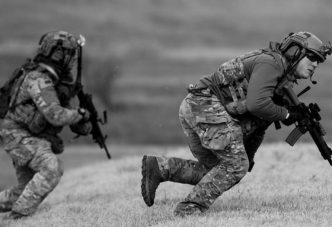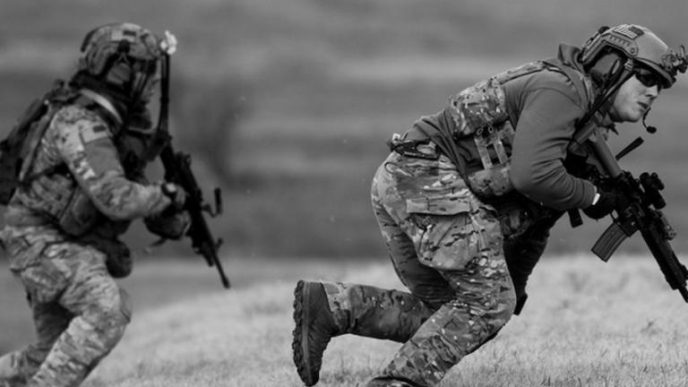British SAS or Delta Force training are probably the two most grueling special operations forces selection in the world. Have you ever imagined what it would be like to join one of those world’s most elite military units? To even get a chance to join those units, you first need to join the army and to pass physical and psychological tests to make sure you are fit for the service.
Selection Process
But joining some of the world’s most elite units involves months of rigorous, often grueling training just to make sure that you are able to meet the additional physical demands. On top of this, you need to prove you can deal with some of the most difficult situations imaginable without breaking under pressure. SAS or Delta Force training? It doesn’t matter, both are hard enough.
You will also need to excel in many other specialist skills, from negotiating with hostage-takers to top-level marksmanship. When you consider all this, you will understand why these units are known as “elite” and hard to join with a dropout rate of more than 90% for some units.
The selection process for most famous Western units is fairly well-known and well documented. These days, it has been more or less standardized between the various branches of regular special forces.
We will take a look at the selection and training processes for two of the top and toughest units in the world and you can decide for yourself if you think you would get through. Could you make it through SAS or Delta Force training?
The Special Air Service (SAS)
The SAS is one of the oldest elite units in the United Kingdom. Its specialist areas include counter-terrorism and special operations. The unit has been in operation since 1941 and includes the most capable and highly trained professionals in their field. Their existence becomes widely publicly known in 1981 during the Iranian embassy siege in London when they stormed the building and saved the hostages.

Soldiers from any of the other UK military units can apply to join. Many of those who join have previous experience in light infantry, commando units, or air units. The window for application and selection opens twice a year, usually in summer and in winter. Both men and women can apply.
Selection in SAS
The selection process lasts about five months and has an astonishing 90% dropout rate—inevitably so high due to the extremely rigorous nature of the training. Candidates must demonstrate that they can cope with whatever conditions they find themselves in during the course of their duties. Their own lives and the lives of their comrades and civilians may depend on it.
Training in SAS
The training involves tests of physical endurance such as long marches in the Welsh mountains with nothing but water, a rifle, and a 20 kg rucksack. This is followed by more difficult marches or ‘tabs’ with the rucksack load increasing to 27 kg. There are also map reading exercises in the mountains.
At the end of the first phase of training about half of the candidates are selected to continue to the next phase. SAS training has become a controversial subject in recent years due to the deaths of soldiers while undergoing training. The combined United Kingdom Armed Forces have had over 140 deaths in training alone since 2000.
This second part of the training usually takes place in the jungles of Brunei, Belize, or Malaysia. This brings in new skills including intelligence and espionage, hand to hand combat, medical skills, and both mental and physical survival skills.
Those who survive the jungle phase will return to the United Kingdom for the final part of the training which involves marksmanship, airborne training, and other skills such as escape and evasion techniques. SAS members will often be required to work behind enemy lines, so these skills are crucial.
The candidate’s ability to withstand interrogation is also tested through mock interrogation scenarios. Although they know that their lives are not in danger, during these sessions they experience some of the techniques an SAS operative may encounter if captured by enemy forces.
By the time the training is over, about 25 out of a group of 200 are expected to remain and join the elite ranks of the SAS as probationary members.
1st Special Forces Operational Detachment-Delta (Airborne) – Delta Force
The success of the British SAS is recognized and admired across the world and it was, in fact, the model for the top US elite corps – The Delta Force. This highly-skilled unit was formed in response to terrorist threats during the 1970s.
Like the SAS, joining the Delta Force involves an intense selection and training process. Once again, only a small percentage of those who begin their initial training will complete the journey to becoming fully trained members of the unit, or “operator” as they are called.
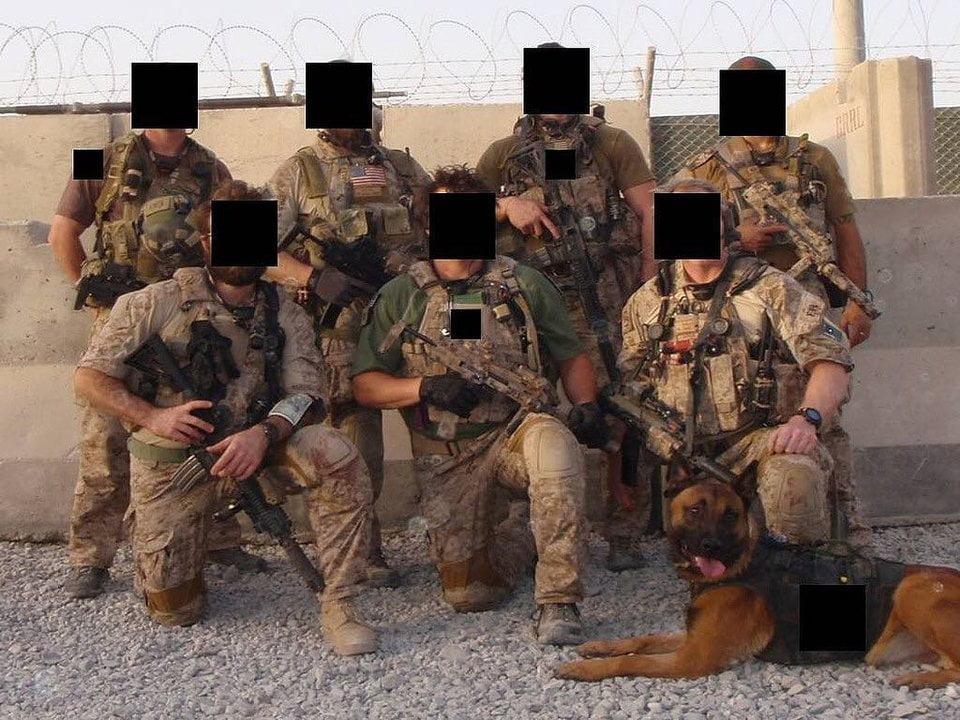
To apply you need to already be enlisted in the British Army and to have completed more than four years of service. Currently, only men can apply. Soldiers who intend to apply should ideally have already undertaken airborne training and have demonstrated a high level of skill in previous aptitude tests.
Selection in Delta Force
Once selected for training there are a series of physical tests. As well as sit-ups and push-ups and running, the tests include swimming 100 meters while fully clothed. There are land navigation exercises to be carried out at night, and long marches while carrying increasingly heavier weights.
Mental strength is also important and candidates are tested to see how they cope under pressure. Once the candidates complete the testing stage successfully, they move on to the Operator Training Course where they learn the many special skills they need.
Training in Delta Force
Marksmanship skills are a key element in the training. Candidates must learn to shoot both moving and stationary targets without having time to aim. They must be accurate enough to use this skill, for example, in a hostage situation when they need to shoot the enemy without harming the hostages.
Breaching skills include how to pick different types of locks on houses, cars, and safes. All aspects of espionage are covered as well as the use of various weapons, and advanced driving training ensures they can drive in difficult terrain and situations. Demolition training covers the use of explosives and how to make explosive devices from easily available materials.
But it is not enough just to learn each of the required skills. An important part of the training is learning how to combine these different skills. Trainees learn about combining their skills with support from the Federal Bureau of Investigation and the Federal Aviation Administration.
In the final test, candidates need to demonstrate their ability to combine the skills they have learned and show how they would use them in a real-life scenario. As with the SAS course, only around 10% of trainees will complete the training successfully and become an operator.
Conclusion – SAS or Delta Force Training
Clearly, although many might aspire to join one of these elite units, it not an option for most of them. But those who are successful do a vital job and are highly respected for the work they do. And Could you make it through SAS or Delta Force training is fully upon you. Your overall fitness and overall mental strength are the only things you need to fight with.
Surviving that selection will give you an experience for a lifetime. And those who experience being part of some elite special unit will be part of brotherhood for life. Being a member of Delta or the SAS means that you are one of the best modern warriors on the planet.

